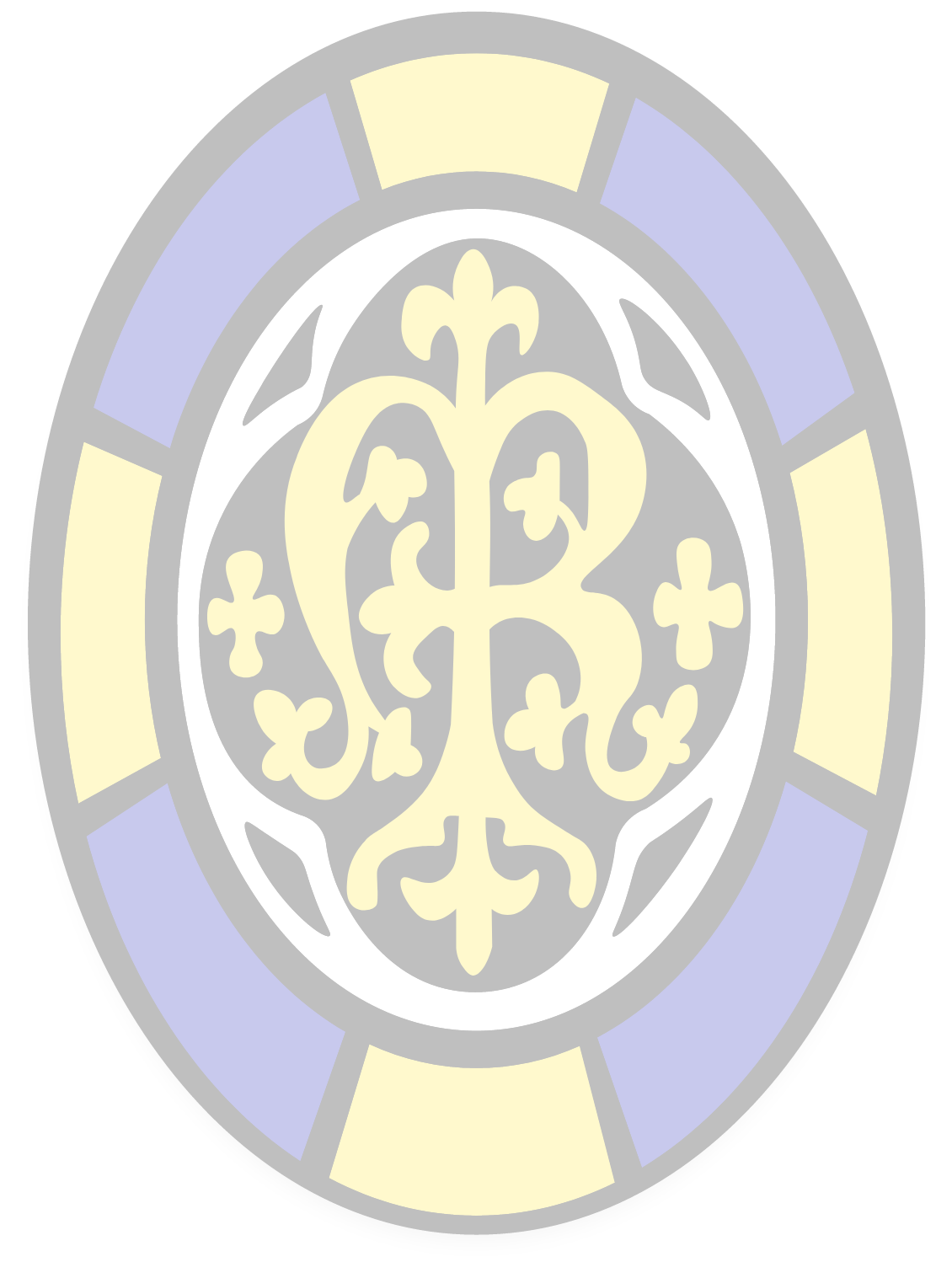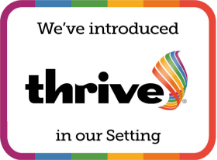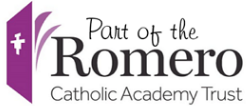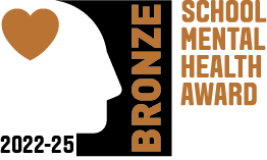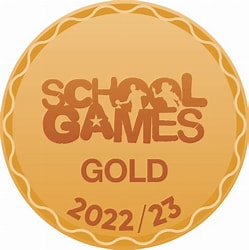
Design & Technology
Subject Leader: K.Just
Introduction
At St. Mary's Design and Technology is an inspiring and practical subject. Using creativity and imagination, pupils have the opportunity to design and make products that solve real and relevant problems within a variety of contexts, considering their own and others’ needs, wants and values. They can acquire a broad range of subject knowledge and draw on disciplines such as mathematics, science, engineering, computing and art. Pupils can learn how to take risks, become resourceful, innovative, enterprising and capable citizens. Through the evaluation of past and present inventions, they develop a critical understanding of their impact on daily life and the wider world.
Intent
At St Mary’s RC Primary School, we value Design and Technology. It is an inspiring, rigorous and practical subject which encourages children to learn to think and intervene creatively to solve problems. We encourage children to use their creativity and imagination, to design and make products that solve real and relevant problems within a variety of contexts. We aim to, wherever possible, link work to other disciplines such as mathematics, science, engineering, computing and art. Children are also given opportunities to reflect upon and evaluate past and present design technology, its uses and its effectiveness and are encouraged to become innovators and risk-takers. High-quality Design and Technology education makes an essential contribution to the creativity, culture, wealth and well-being of the nation. At our school, we are passionate about Design Technology. WE ARE DESIGNERS and TECHNOLOGISTS!


